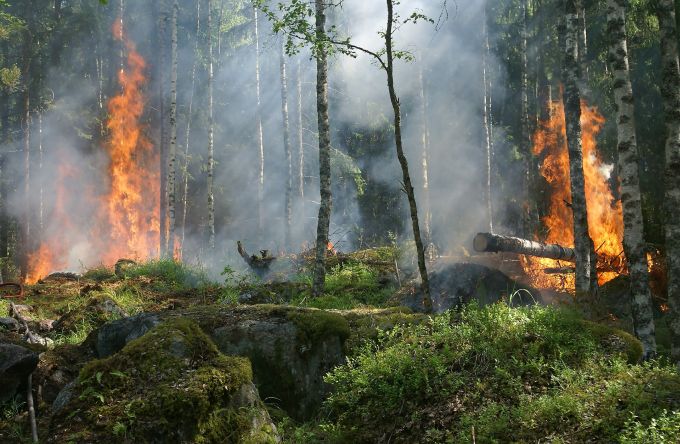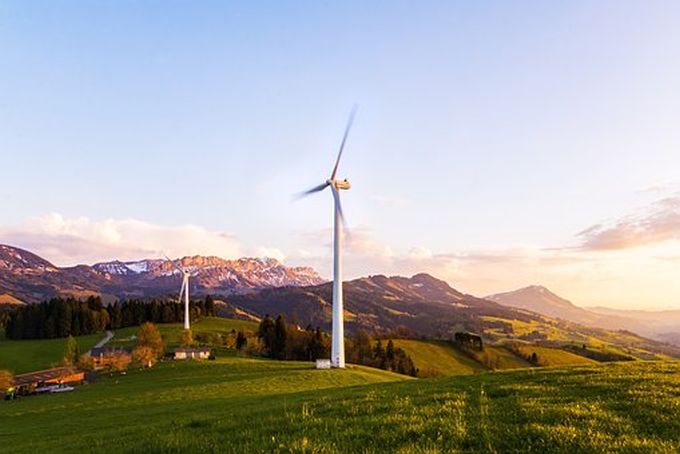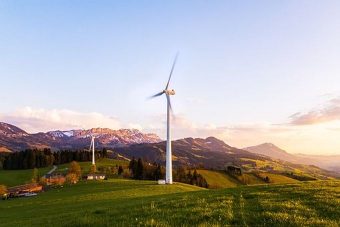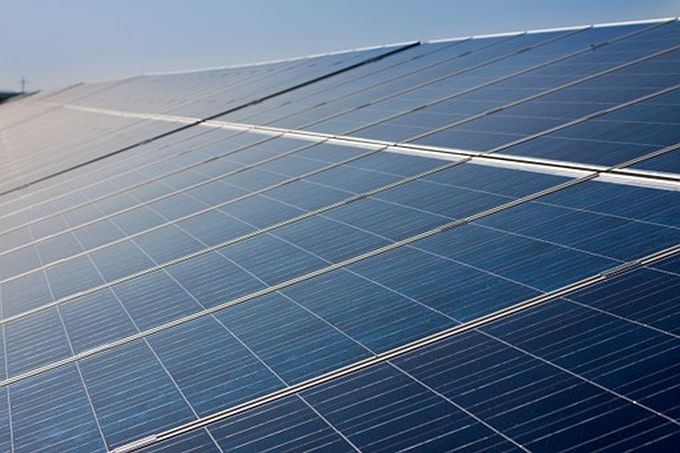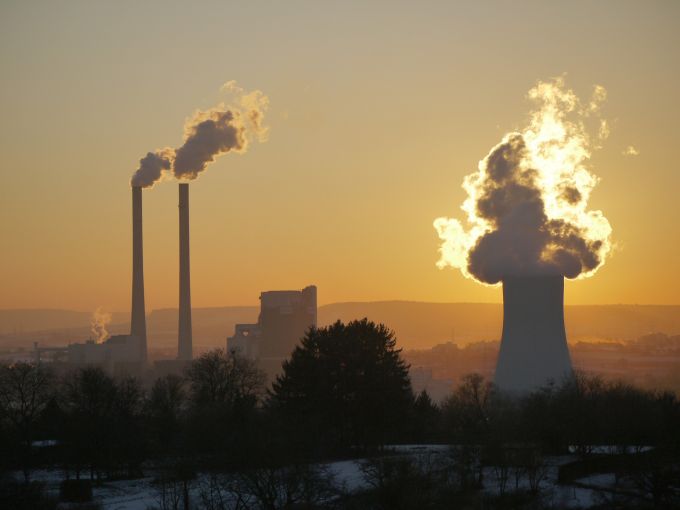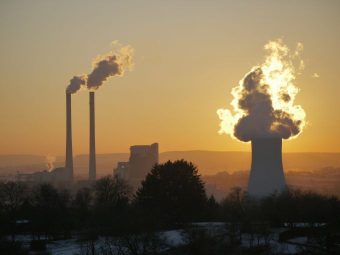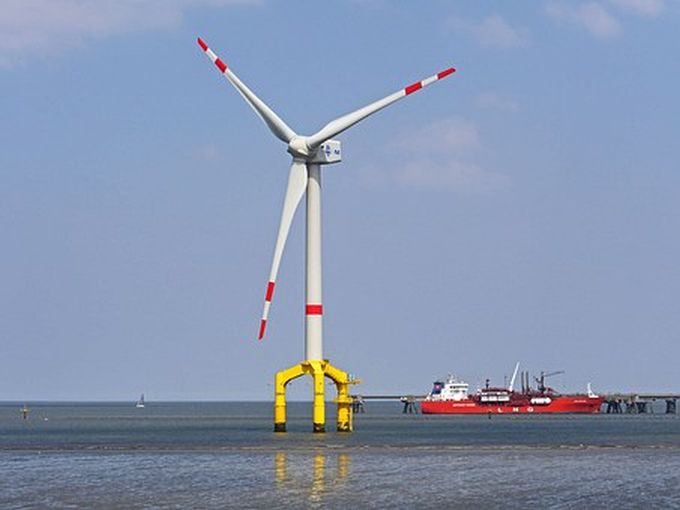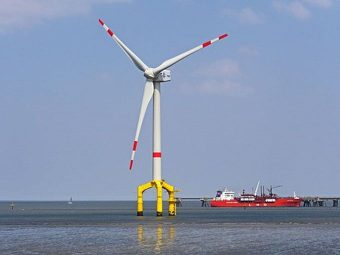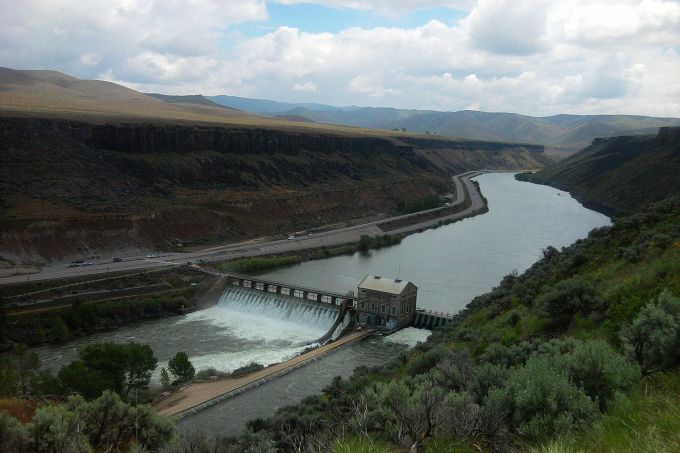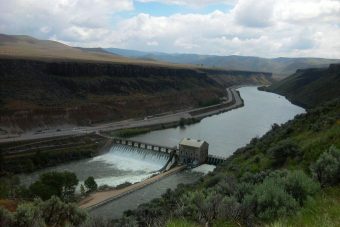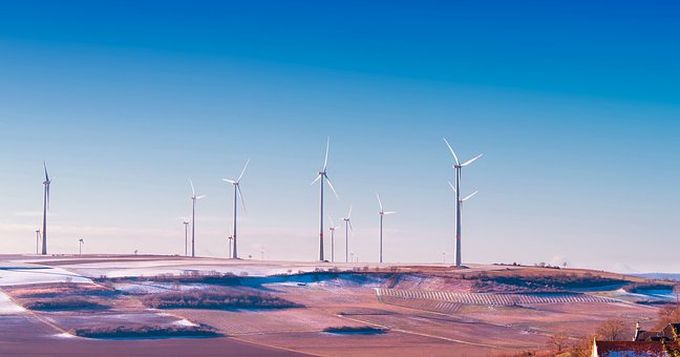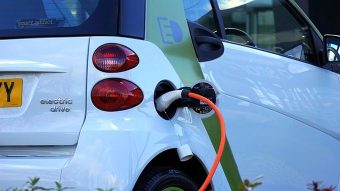
South Korean automaker Hyundai plans to develop an electric vehicle with a 500km range within the next five years as part of its drive to become a leader in green transport.
The firm, which is best known in the green transport space for its focus on hydrogen vehicles, said yesterday it plans to take a “multi-pronged approach” to its eco-vehicle programme.
But the new roadmap hinted at a strategy shift in favour of electric technology, promising that by 2021 it will launch a long-range electric vehicle with a 500km range, equal to that of a Tesla Model 3 with premium battery.
Hyundai also said it will launch EV versions of its Kona compact and high-end Genesis brands in 2018 and 2021 respectively, and develop its first “dedicated architecture” for pure electric vehicles to pave the way for more EV models with longer driving ranges.
The firm already has a line-up of electric models under its IONIQ range, and plans to have 31 “eco-friendly” models in its line-up by 2020.
Hyundai has been developing hydrogen fuel cell technology since 1998 and in 2013 was the first automaker to mass produce a hydrogen car. It plans to launch a new hydrogen SUV early next year.
However, the high ticket price of hydrogen cars, the slow rollout of charging stations and the rapid cost reductions in lithium ion batteries have meant the market for electric cars has surged ahead in recent years, particularly in China where they enjoy strong government backing.
Source: businessgreen.com



